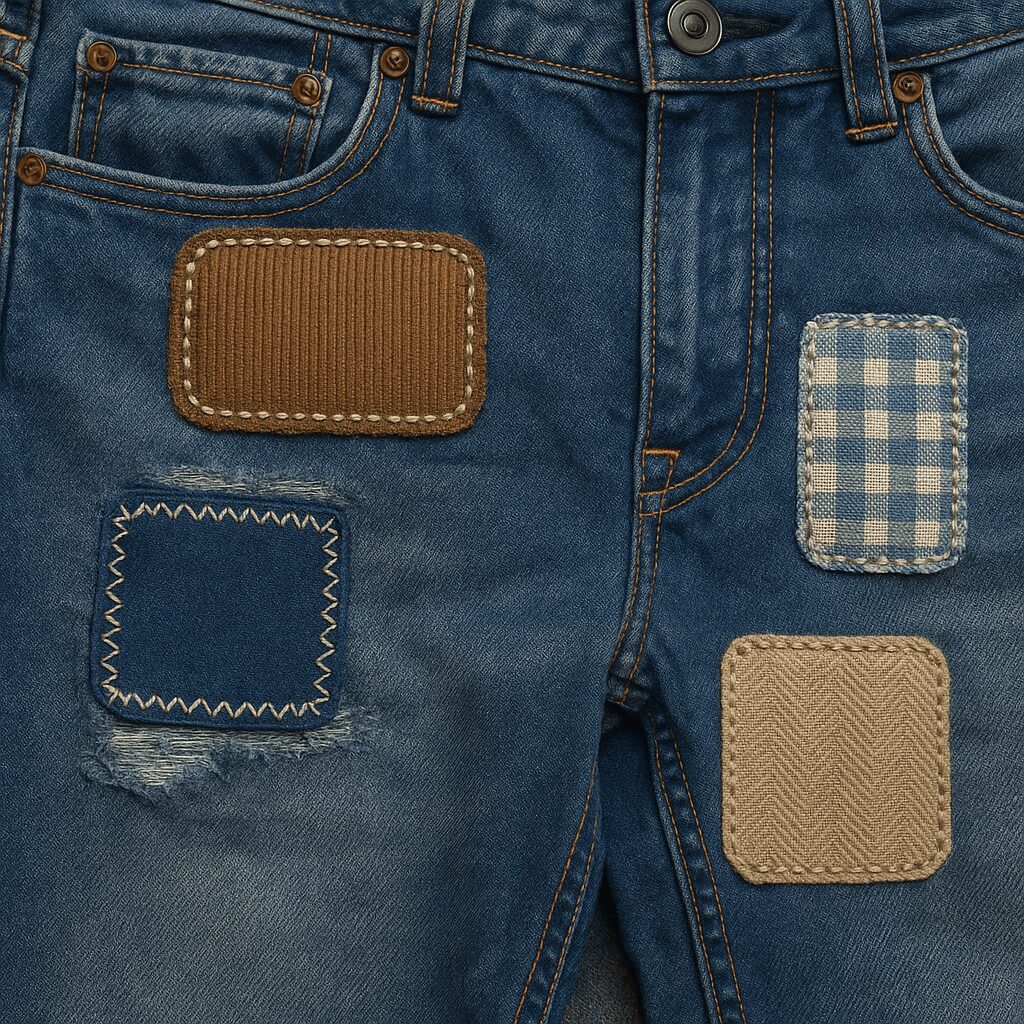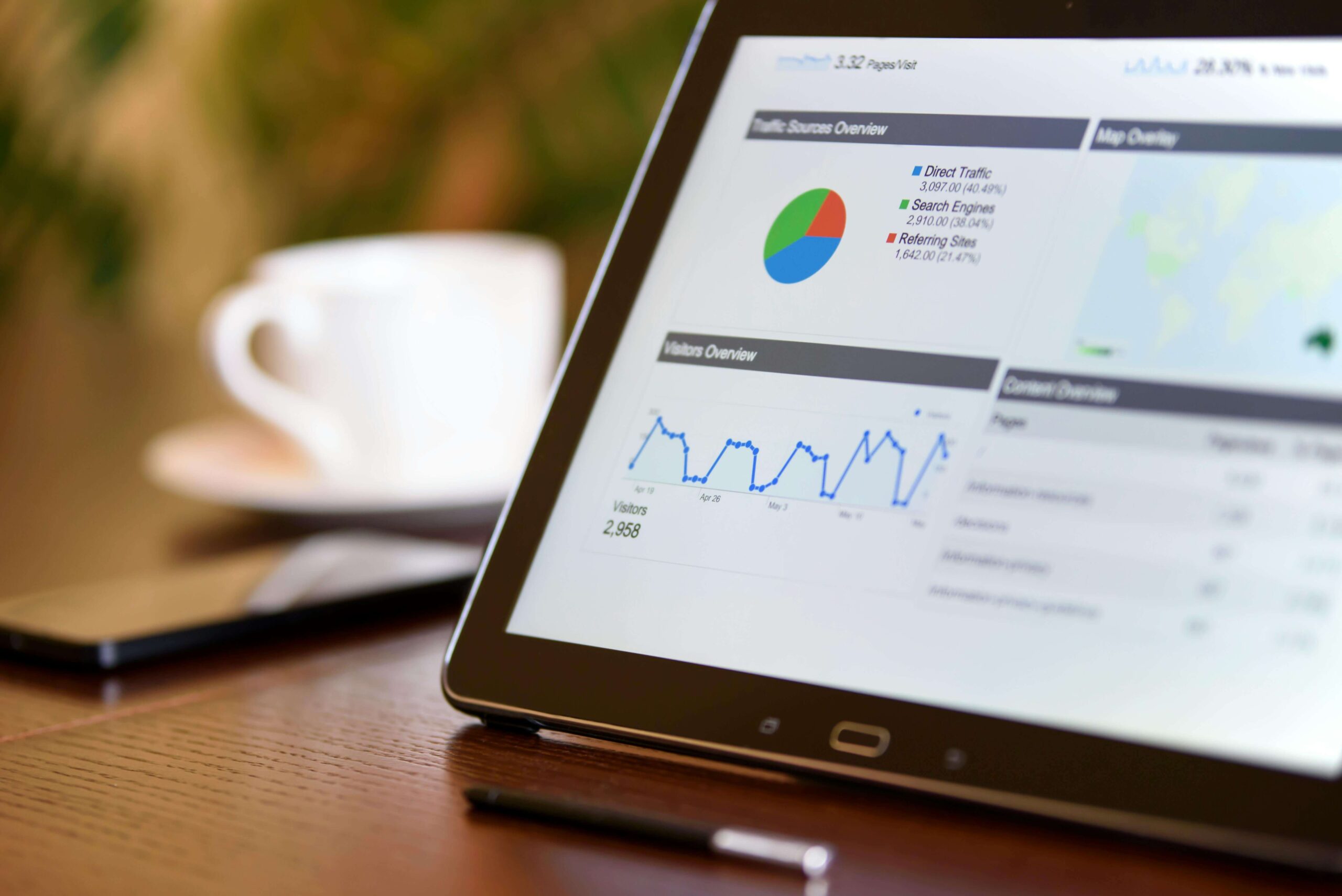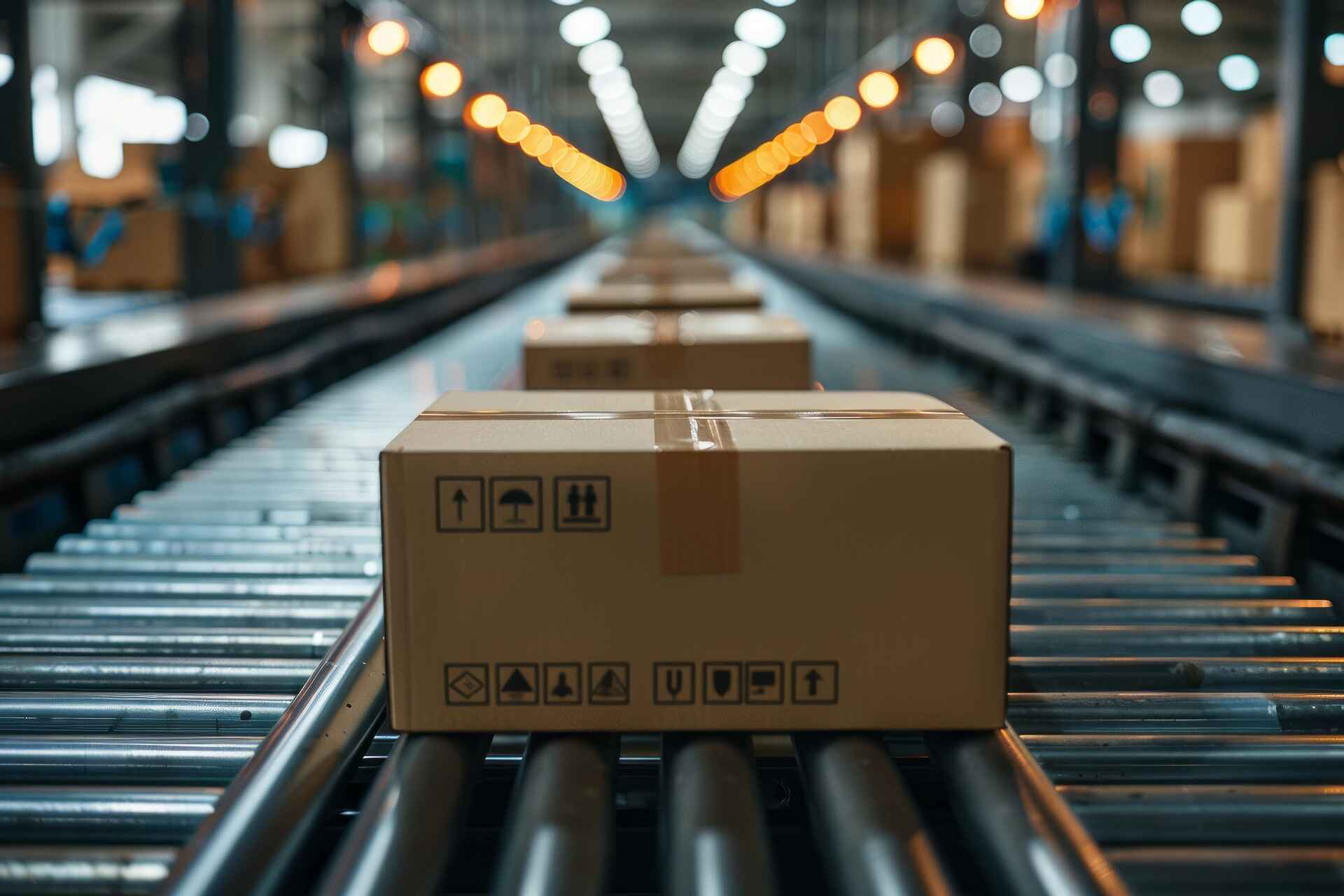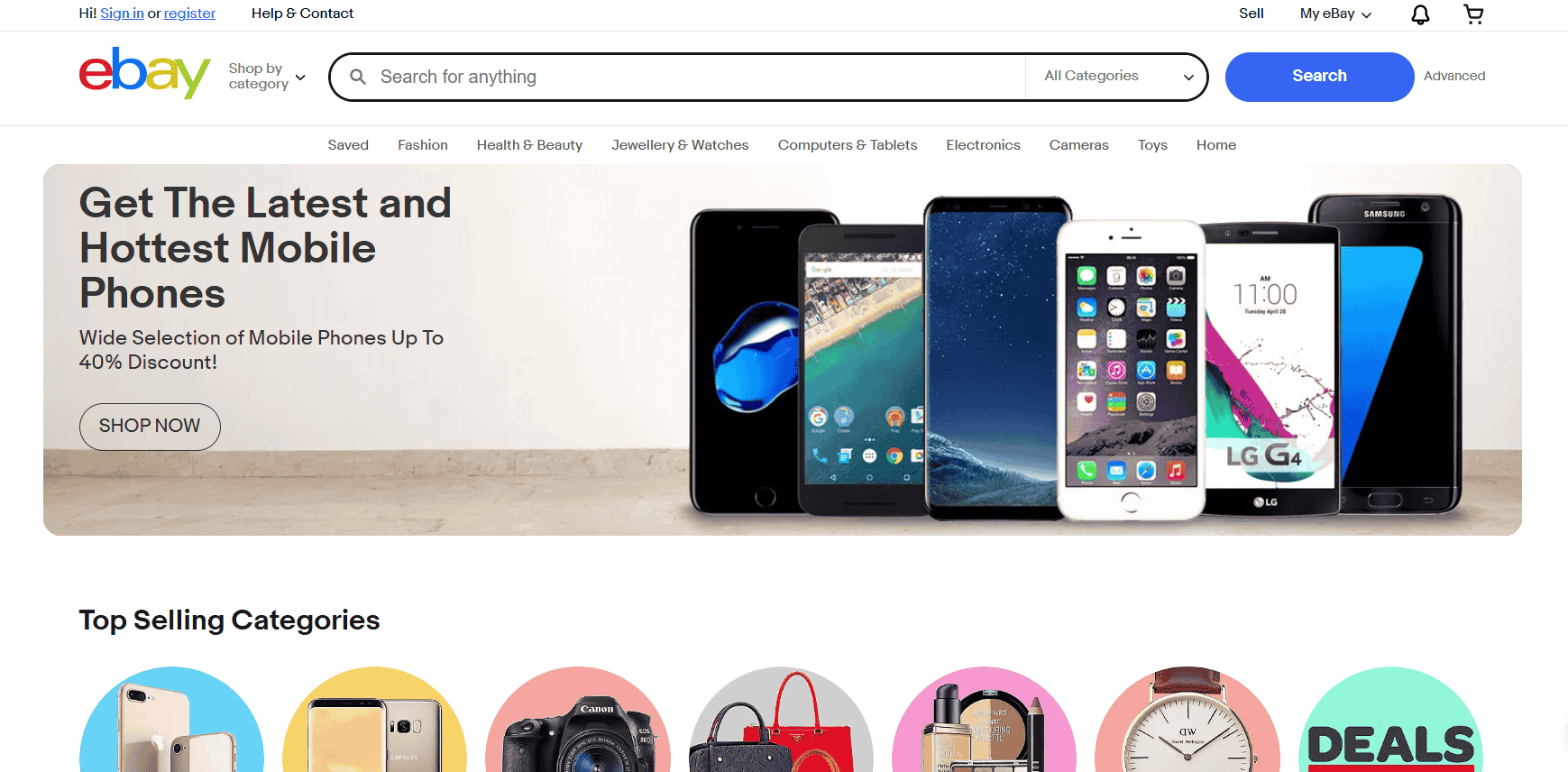One of the first questions I get from new online sellers who come to me for advice is, “How much does Shopify really cost?” This matters because what you pay affects what you get, and Shopify pricing can be the difference between running a simple side hustle and building a full-scale ecommerce brand.
In 2025, Shopify revamped its pricing plans to reflect how different businesses grow. Whether you’re testing the waters with a $5 Starter plan or managing a booming store on Shopify Plus, each tier is designed with a specific type of seller in mind.
But knowing the price isn’t enough. You need to understand what each plan actually gives you, what it limits, and when it’s worth upgrading.
-
Shopify offers five pricing plans in 2025—Starter, Basic, Grow, Advanced, and Plus—each designed for different business stages and goals.
-
The Basic plan is the best value for new sellers building a serious store with customizable branding and essential ecommerce features.
-
Hidden costs like paid apps, premium themes, and payment processing fees can add up quickly if you’re not careful.
-
Shopify Plus provides the flexibility and power needed for large brands managing high traffic, automation, and multi-store setups.
-
Choosing the right Shopify plan depends on your current sales volume, team size, selling channels, and how fast you plan to scale.
I’ve worked with sellers who picked the cheapest plan, thinking it would save money, only to spend more on apps and custom workarounds. Others jumped to higher plans too soon and stretched their budgets thin.
The sweet spot? Choosing the plan that matches your current needs while giving you room to grow. Here’s how the current Shopify pricing plans stack up, and which one makes the most sense for where you are right now.
What You Should Know About Shopify Pricing in 2025
Shopify pricing in 2025 gives you five clear paths, depending on where your business is and where you want it to go. The platform now offers five main pricing plans: Starter, Basic, Grow, Advanced, and Plus.
Each one is designed to match a different stage of your ecommerce journey, from experimenting with your first product idea to running a global brand with thousands of customers.
Here’s the breakdown:
Plan Monthly Cost Best For
Starter $5 Beginners selling via social media
Basic $39 New online stores
Grow $79 Growing businesses
Advanced $299 High-volume sellers
Plus Starts at $2,000 Large-scale or enterprise brands
The Starter plan is incredibly affordable for anyone dipping their toes into ecommerce, especially creators, influencers, or hobbyists who want a quick way to sell through Instagram, TikTok, or direct links.
On the other end of the spectrum, Shopify Plus is what brands like Rebecca Minkoff and Heinz use to handle global traffic, advanced automation, and multi-channel selling at scale.
Every plan—yes, even Starter—comes with essentials like Shopify Payments, 24/7 support, abandoned cart recovery, and access to Shopify’s powerful ecommerce tools.
That means even if you’re starting small, you’re still backed by the same core infrastructure that powers some of the biggest names in ecommerce.
When I helped a client move from Basic to Grow after their product video went viral on TikTok, they were able to handle the traffic surge, set up better reporting, and automate their emails, all without switching platforms. That’s the kind of flexibility Shopify builds into its pricing.
The key is to match the plan to your current goals, so you’re not overpaying for tools you won’t use, but also not holding yourself back when you’re ready to scale.
Shopify Starter Plan – $5/Month
Think of this plan as Shopify’s answer to sellers who want something super lightweight. You don’t get a full-blown online store, but you can sell through social media platforms, email, or Linkpop (Shopify’s link-in-bio tool).
It’s designed for creators, influencers, or early-stage entrepreneurs who need a simple, professional way to collect payments without dealing with the setup of a traditional storefront.
At just $5 a month, it’s one of the cheapest ways to test the waters of ecommerce without risking much. I’ve seen clients use the Starter plan to validate product ideas through Instagram Stories or Facebook groups, and make their first sales before they even launched a real website.
That said, you’re limited in how you brand yourself, and you’ll need to upgrade as soon as you want your own storefront or better analytics. If your plan is to grow into a long-term business, think of this as your trial run, not your final setup.
Shopify Basic Plan – $19/Month
This is the true starting point for anyone serious about ecommerce. You get a full online store, unlimited product listings, a blog, shipping discounts, and access to basic reports. You can customize your branding, optimize your product pages, and start building a customer experience that feels like a real brand, not just a payment link.
It’s the plan I’ve recommended to most of my first-time clients who are building from scratch. One seller I helped, who was selling handmade stationery, chose Basic and quickly grew to consistent monthly sales by pairing a clean store layout with strong email marketing. That kind of traction is hard to pull off on cheaper or more limited platforms.
And while the monthly fee might feel steep compared to other platforms like Wix or Squarespace, Shopify’s backend systems, especially its checkout flow and speed, convert more customers. It’s a solid investment if you’re planning to grow.

Shopify Grow Plan – $49/Month
This used to be called the “Shopify” plan, but in 2025, it’s called Grow—and for good reason. You get everything from Basic plus better analytics, more staff accounts, and access to mid-level reports that help you understand your customer behavior more clearly. It’s built for sellers who are scaling, hiring help, and starting to automate parts of their business.
If you’re seeing consistent orders and starting to outsource tasks to a team, Grow gives you the extra control and performance you need. One of my clients jumped from Basic to Grow after hitting $7,000/month in sales, and it made tracking sales funnels and optimizing for conversions much smoother.
The customer reports alone helped her figure out which traffic sources brought in repeat buyers, and she adjusted her ad strategy based on that insight.
You also get access to better shipping discounts and more powerful tools to handle marketing, which makes a big difference once you’re moving real volume.
Shopify Advanced Plan – $299/Month
Advanced is built for businesses that are scaling aggressively. You get custom reporting, advanced international pricing, and third-party calculated shipping rates.
It’s perfect if you’re managing multiple warehouses, selling to different countries, or offering a wide product catalog that needs precision in fulfillment and shipping.
If you’re shipping to multiple countries or handling thousands of SKUs, this is where Advanced earns its keep. Credit card fees are also lower, which matters once you start processing larger transaction volumes.
A seller I consulted in the skincare niche scaled to $40,000/month and saved hundreds in transaction fees alone after moving to Advanced. More importantly, they were able to set different prices for different markets without juggling workarounds, which made expansion much smoother.
The built-in flexibility at this level gives you room to scale fast without re-platforming or patching things with third-party tools.
Shopify Plus – Starting at $2,300/Month
Now we’re talking enterprise. Shopify Plus is for companies generating six or seven figures monthly. It gives you API access, advanced automation with Shopify Flow, multi-store management, and a dedicated support manager who actually understands your business and helps you optimize.
Major brands like Gymshark and Kylie Cosmetics use Shopify Plus. You get flexibility, control, and speed at scale. You can customize your checkout experience, integrate with complex backend systems, and run multiple brands under one roof.
What’s interesting is that more mid-sized brands are jumping into Plus earlier, especially those running big product launches or seasonal drops. Data from Charle Agency showed that Shopify Plus stores had a 126% higher average order value compared to standard plans.
That tracks with what I’ve seen, too. I’ve worked with brands that went viral on TikTok or blew up during a holiday sale, and they needed the automation and stability that only Plus could handle.
If you’re planning big moves and expect growth to spike, Plus gives you the kind of infrastructure that doesn’t buckle under pressure.
Hidden Shopify Costs to Keep in Mind
No matter what plan you choose, there are extra costs you should plan for. These aren’t surprise charges, but they do add up fast if you’re not tracking them carefully:
- Paid apps for upselling, product reviews, abandoned cart recovery, and email marketing
- Premium themes, which usually range from $100 to $350 depending on the design and flexibility
- Domain registration, typically around $14 per year if you’re buying directly through Shopify
- Credit card processing fees if you’re not using Shopify Payments—Shopify charges up to 2% per transaction for third-party gateways
This is where new sellers often miscalculate. I’ve worked with beginners who started with the Shopify Starter plan because it looked affordable, only to end up stacking paid apps to cover missing features like inventory tracking, automated email sequences, or live chat.
One client I helped was paying nearly $60 a month on add-ons, on top of their $5 plan, just to make the experience feel complete.
It’s easy to overlook these costs when you’re excited to launch, but over time, they eat into your profit margin.
If you’re planning to build a professional brand and want access to solid tools from the beginning, it often makes more sense to choose a plan that includes those essentials natively. That way, you spend less time patching things together and more time focusing on growth.

Monthly vs Annual Billing: What’s Smarter?
If you’re committed, go annual. Shopify gives you a 25% discount on all plans if billed yearly, and that kind of savings adds up fast.
For example, the Basic plan goes from $39/month to around $29/month when paid annually. Over a year, that’s more than $100 back in your pocket—money you can reinvest in product photography, ads, or even a premium theme.
That said, the smarter choice depends on where you are in your business. If you’re testing a niche, trying out suppliers, or still figuring out your pricing strategy, stick with monthly.
One of my clients started with a print-on-demand store and spent her first few months switching niches before finally landing on a winning product. Going annual from day one would’ve locked her in too early, and she would’ve been stuck paying for a plan that didn’t match her needs.
Just remember, Shopify doesn’t refund annual plans if you cancel early. So before you lock yourself into a 12-month billing cycle, make sure your offer is proven, your systems are working, and you’re ready to build momentum.
When you’re confident in your store’s direction, going annual gives you one less monthly bill to think about, and more room to focus on growth.
Choosing the Right Shopify Plan: A Quick Guide
There’s no one-size-fits-all answer when it comes to Shopify pricing. The right plan depends on where you are, how you sell, and how fast you’re scaling. Before you pick a plan, ask yourself:
- Do I need a full store or just a checkout link?
- Will I need staff accounts soon?
- Am I selling internationally?
- What’s my sales volume?
These questions might seem basic, but I’ve seen sellers waste time and money by skipping this thought process.
One client of mine started with Shopify Grow before realizing she didn’t need a full storefront yet. She was only taking custom orders through Instagram DMs. We scaled her back to Starter temporarily while she built out her brand and saved a few hundred dollars in the process.
For most dropshippers and print-on-demand sellers, Basic or Grow will do the job. Basic gives you the store, the product listings, and enough control to manage your sales flow.
If you’ve got a bit of momentum and want more detailed reports, Grow lets you dig into customer data and adjust your strategy based on what’s working.
If you’re running both a physical store and an online store, Advanced makes more sense, especially with POS Pro. You’ll need better shipping logic, staff roles, and inventory syncing across channels.
And for service-based or digital product stores, Grow is the sweet spot. It gives you the reporting tools and email marketing integration you’ll rely on to nurture leads and convert them without dealing with logistics or shipping.
The goal isn’t to choose the cheapest plan. It’s to choose the one that gives you the tools you need without getting in your way.
Shopify Pricing vs. Competitors
Shopify isn’t the cheapest. But you’re not paying just for a store. You’re paying for performance. It converts better than WooCommerce, which often needs expensive add-ons for basic things like SEO, payment gateways, and security.
You might save on the surface, but once you start buying plugins and hiring developers to troubleshoot, the costs add up fast.
And while Wix eCommerce has improved a lot over the years, Shopify is still more robust. The backend is built for ecommerce from day one, not retrofitted from a website builder.
That means smoother inventory management, more scalable tools, and a checkout experience that feels professional, whether you’re selling one product or a thousand.

Shopify powers 29% of all ecommerce websites globally. That’s not hype. It reflects a serious trust in the platform. I’ve worked with sellers who moved from other platforms to Shopify because they were tired of clunky integrations and lost sales during high-traffic days.
With Shopify, they saw better uptime, cleaner checkout, and faster load times. One client even cut their cart abandonment rate by 17% just by switching platforms.
If you care about stability, conversion, and growth, Shopify pricing starts to look like an investment—not just another monthly bill.
Frequently Asked Questions
Here are the most common questions I get from clients, and what you need to know before choosing a plan.
Can I switch plans anytime?
Yes, and Shopify prorates it. That means if you upgrade or downgrade mid-billing cycle, Shopify will automatically adjust your bill so you’re only paying for the days you used each plan. I’ve helped clients scale up when sales took off unexpectedly and scale down temporarily during slower months. The flexibility makes it easier to adapt as your business evolves.
Are there setup fees?
No. Shopify doesn’t charge any setup fees to get started, even on their higher-tier plans. You can create your store, add products, and design your pages without paying upfront. The only thing you pay for is the plan itself once you’re ready to go live.
Can I use my own payment gateway?
Yes, but Shopify adds a transaction fee if you don’t use Shopify Payments. The fee can be as high as 2% per transaction, depending on your plan. For many sellers I’ve worked with, this becomes a deciding factor. Using Shopify Payments often works out cheaper in the long run, and you get faster payouts and better integration with your store.
Do I need to buy a theme?
Not necessarily, but premium themes offer better design and performance. Shopify has a handful of free themes that work well for simple stores, but if you want something more tailored or visually impressive, a premium theme can help you stand out.
Many range from $100 to $350, and they come with features like better product filtering, advanced customization, and mobile optimization—things that matter more as your catalog grows. One client saw her conversion rate jump by 12% after switching to a faster, more polished premium theme.
These details might seem small at first, but they can have a big impact on how professional your store feels, and how smoothly it runs.
Which Shopify Plan Is Really Worth It?
The Basic plan gives you the most value per dollar if you’re launching a serious store. You get everything you need to build a real brand—your own storefront, product listings, blog, and the ability to customize your customer experience from day one.
For new sellers with a clear product and a solid plan, this is where you start building momentum. But if your business is already generating consistent sales, skipping ahead to Grow or Advanced will save you time, stress, and money in the long run.

Those extra features—better analytics, more staff accounts, custom reports, and reduced transaction fees—make a big difference when you’re dealing with higher volume and more moving parts.
One of my clients was pulling in $15,000/month but hesitated to upgrade. After months of manually tracking data and juggling apps, they finally moved to Grow and saw immediate relief in both performance and workload.
I’ve worked with dozens of sellers who thought they were saving by staying on lower plans, but ended up bottlenecked by their store’s limitations. Shopify pricing can look expensive upfront, but it’s like choosing between renting a cart and owning a delivery truck.
If you’re here to build something sustainable, you need tools that scale with you. The right plan gives you the room to grow without constantly patching things together. That’s not an upgrade. It’s a decision that protects your momentum.








I used to be able to find good info from your blog posts.
Thank you for taking the time to leave a comment on my post and for trusting my previous content. I hope I can get suggestions on how I can improve my future content to give more value to my readers. Right now, I’m trying to cover as many of the basics as possible before going deeper. But if there are specific topics you want me to write about in future, please let me know. It’ll mean a lot. 😉
Your blog posts are always so insightful and helpful! I appreciate how you focus on the basics before diving deeper—it makes the content more accessible. It’s great that you’re open to suggestions for future topics; it shows how much you value your readers. I’d love to see more about advanced strategies once you’ve covered the fundamentals. What specific areas do you think your readers would benefit from most? Given the growing economic instability due to the events in the Middle East, many businesses are looking for guaranteed fast and secure payment solutions. Recently, I came across LiberSave (LS) — they promise instant bank transfers with no chargebacks or card verification. It says integration takes 5 minutes and is already being tested in Israel and the UAE. Has anyone actually checked how this works in crisis conditions?